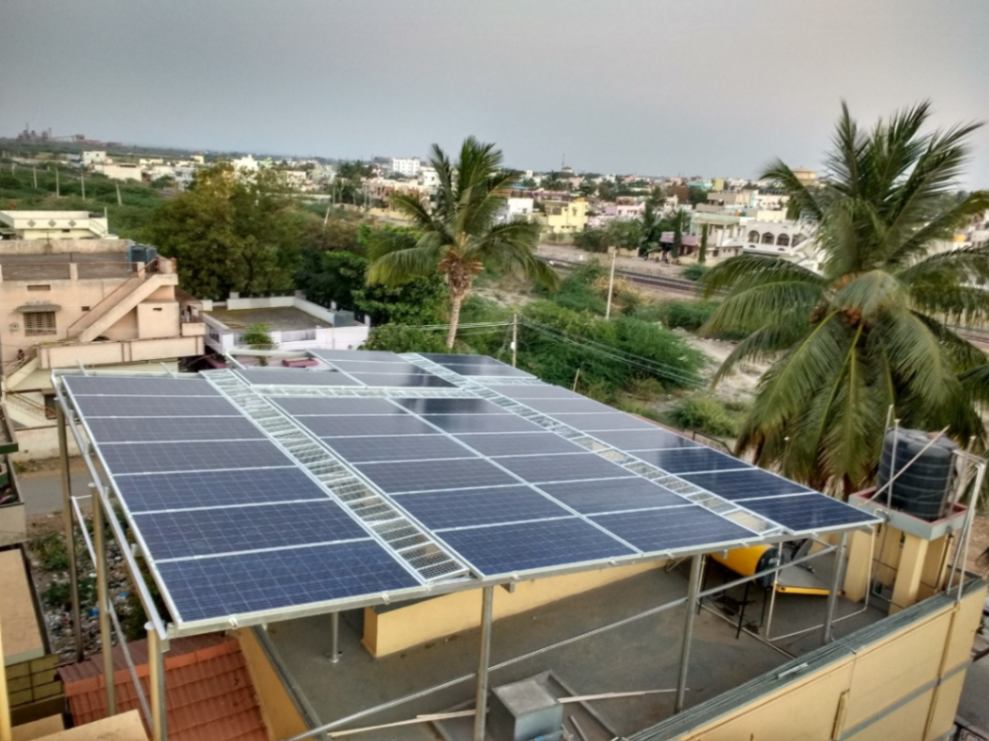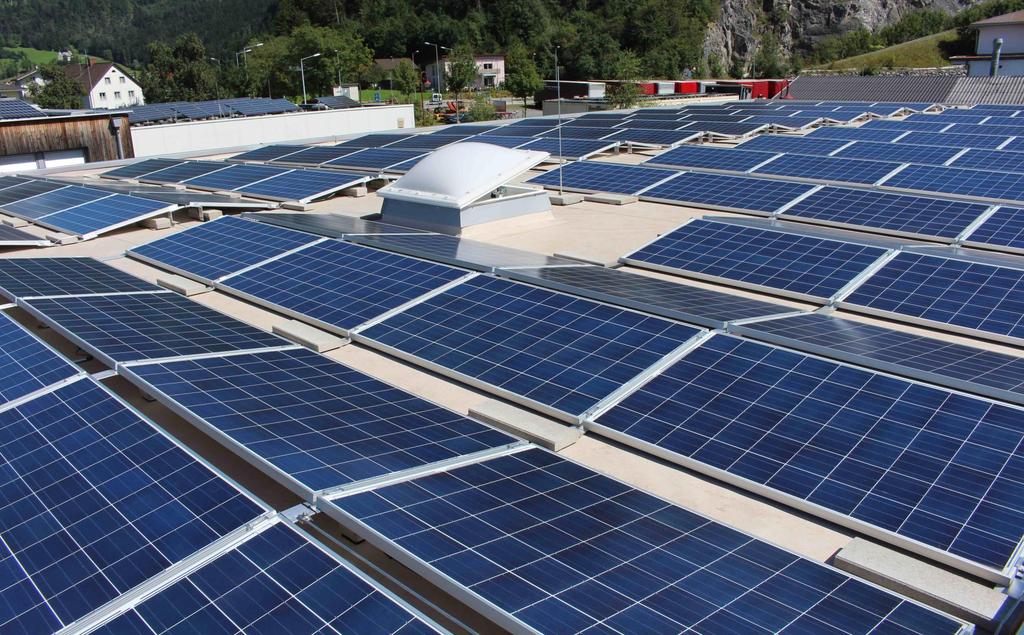How to choose the best solar mounting structure for your solar panels

An important decision that every individual opting for a rooftop solar system has to make is about the type of solar panel mounting structure they want to opt for. As the name suggests, the mounting structure is that part of the solar module on which solar panels are placed and which holds the panels to a surface. Thus, it is the mounting structure that decides how the solar panels are installed on the rooftop, their angle of installation, external appearance, and also the efficiency, durability, and lifetime of the solar module. In some cases, innovative solar mounting structures made using 3D modeling and designing help minimize shading losses due to external objects like buildings and trees.
Generally, the things that a user has to decide on when selecting a solar structure are:
- The type of mounting, and
- The material of the solar structure
Types of mounting
There are various ways in which solar panels can be mounted. Every solar panel installation is unique and needs personalized designing of the structure to best suit the location and maximize the output. Some of the common types of mounting are:
1) Ground-mounted solar structure

Ground-mounting generally refers to solar panel mounts that are installed on flat surfaces. More specifically, it can be a solar structure mounted on flat ground or a flat rooftop/terrace.
Rooftop/terrace mounting: It is the preferred choice for most domestic users as it can be installed in most houses without occupying any extra space. There are two ways of attaching the mounting structure to the rooftop - clamp, and ballast. The attachment should be such that it provides sufficient support to the mounting structure without damaging the roof.
-
- Clamp: In clamping, holes are drilled in the roof and the mounting structure is fixed with the use of screws. Thus, clamping penetrates the roof, and thus problems like water percolation down the ceiling, rusting of the mounting structure, etc can occur.
- Ballast: Ballast blocks are heavy concrete blocks that are placed on a rooftop and which hold the solar mounting structure in place. The advantage of using ballast blocks is that the roof remains intact and all the drilling and fastening is done on the block. Thus ballast blocks maintain the strength of the roof and eliminate issues of moist ceilings and are generally more sturdy.
Ground-mounting: While the first choice for the place of installation of solar panels for domestic purposes is the rooftop, not all rooftops are ideal for solar panel installation. In such cases, users can go for a ground-mounted solar system. As you must have guessed by now, ground-mounted solar systems are installed on the ground rather than a rooftop. Rooftop solar installations heavily depend on the specific roof for their performance and output. If there are issues like a non-south facing rooftop, lack of space, or obstructions to the path of sunlight then a ground-mounted solar module can be installed to get all the benefits of solar power. Other benefits of ground-mounted panels include easy maintenance & cleaning and configuration for maximum efficiency.
2) Profile sheet mounted

Profile sheet or Kirby solar structures are generally installed for industrial or commercial purposes. Profile sheet solar installations are the easiest to carry out and can be installed on simple sliding or groove-like structures attached to the profile sheet. These are also called rail-based mounting because of the rail like grooves that are fastened to the profile sheet. Profile sheets are generally installed with a slight slanting in factories or as roof sheds which helps the solar panels in getting maximum solar radiation if the sheet is south facing, thereby increasing its output.
3) Elevated solar structure

Elevated solar structure places the solar panels at some height from the surface they are being installed on. The elevated solar structure is usually installed to either minimize losses due to shading or to maximize the utilization of roof space covered by the solar panels. Elevated structures usually allow solar owners to walk under the panels or use it for some other everyday purpose.
4) East-West racking

East-west solar racking sounds counterintuitive to the conventional practice of placing solar panels to face the south. Better utilization of space and more value of generated electricity are the two benefits that east-west solar racking offers. Since subsequent panels face opposite directions, more panels can be squeezed in a given area as compared to a south-facing array. The total power output of an east-west racked solar panel array is lesser than that of a south-facing one, but the power generation during the morning and evening hours is more in the east-west panels. Thus, for people who require lesser electricity during afternoons and more power in the morning and evening, east-west racking can be a good choice.
5) Carport Solar Structure

These are used for solar-powered parking lots and are an innovative application of elevated solar panels. Besides providing shade for parking vehicles, the carport solar structure often generates enough solar electricity to meet the demands of the parking area.
The material of the structure
The material of the structure not only affects the aesthetics but also decides how durable the solar power unit is going to be. Since most of the solar panels have a minimum guaranteed life of 25 years, one wouldn’t want their panels to be blown away during a storm or fall and break because of a poor quality mounting structure. The subpar quality of the material of solar structure can cause it to deteriorate quickly and thereby affect the efficiency and life of the panels that are installed on it.
Aluminum or Galvanized Iron?
The two most commonly used materials for manufacturing solar mounts are aluminum and galvanized iron. Galvanized iron(GI) is cheaper but is also the most prone to rusting and degradation. Aluminum, on the other hand, is light and sturdy but costs slightly more than GI. Aluminum is lighter and has a lower temperature coefficient and thereby lasts longer under direct sunlight and exposure to extreme weather conditions.
Hot-Dip or Pre-Galvanized?
Other than the base material, the user can choose from the type of coating that the structure has. The two common types of coating are pre-gal and hot-dip. Pre-gal is also called mill galvanizing and is usually thin and prone to degradation with scratches that expose the base material. Hot-dip galvanizing involves dipping the finished product into a zinc bath which leads to a thick coating of microns, whereas pre-gal offers a lesser thickness of microns. Hot-dip, thus, is more resistant to corrosion. Hot-dip is more expensive than pre-gal but should be the first choice for its long term benefits.
 Unergia
Unergia